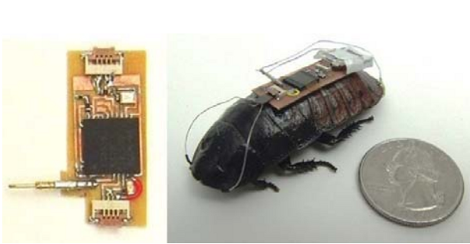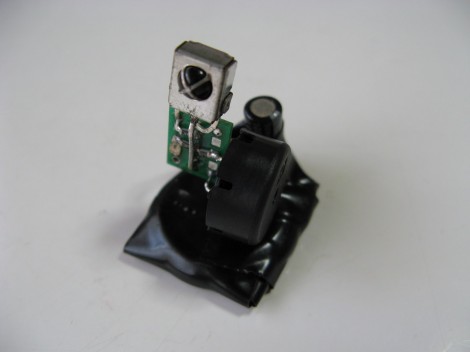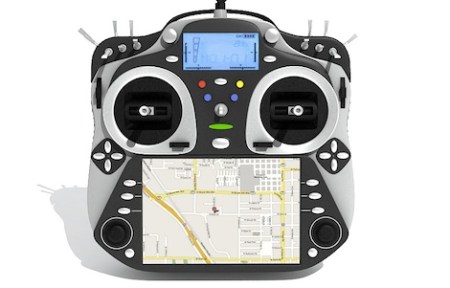Controlling your car over WiFi is good, but mounting a webcam on it so you can actually see where you’re going is even better. [Michael] goes over how he made his wifi car with some great videos in the post about it.
The car used is a seemingly standard RC unit, which came with a speed controller that was recycled for network use. [Michael] removed the standard radio, but having this controller available kept him from having to engineer an H-bridge circuit. The radio was then replaced with a WiFi module from Sparkfun.
There were a few problems with the IP camera to begin with, as the lag was originally unbearable. After some tricks that would qualify as a good hack in itself, the camera was eventually able to perform on an acceptable level and output data to the FLTK app he used to control everything. Check out one of his videos below of this car in action. Continue reading “A WiFi Controlled RC Car With An IP Camera”


















